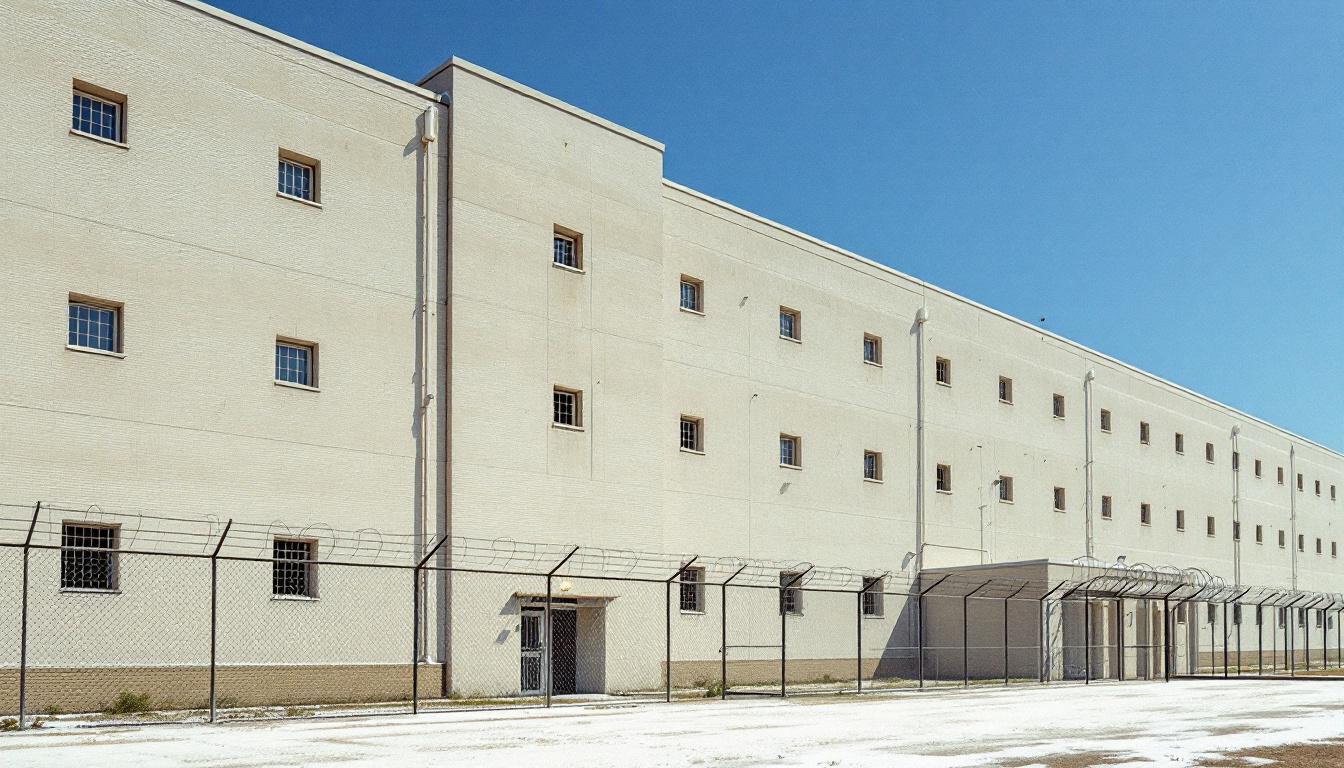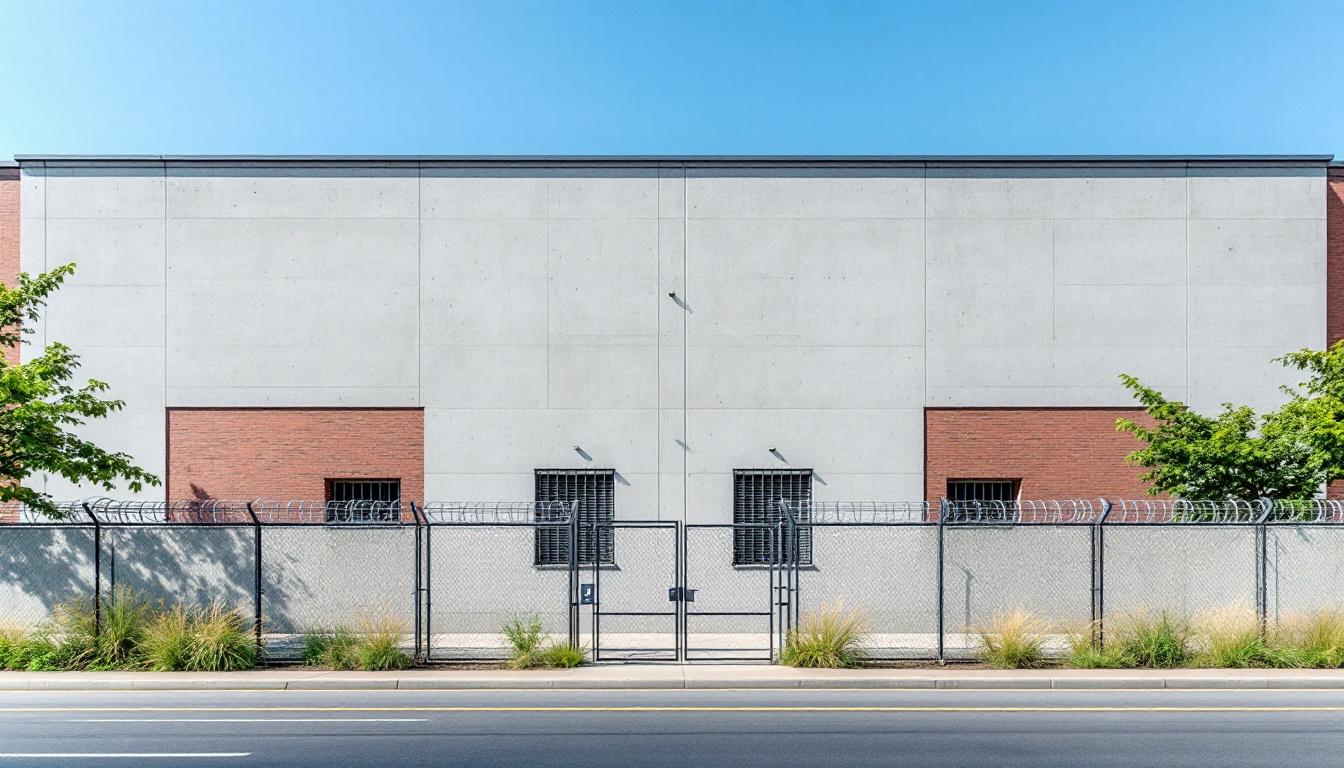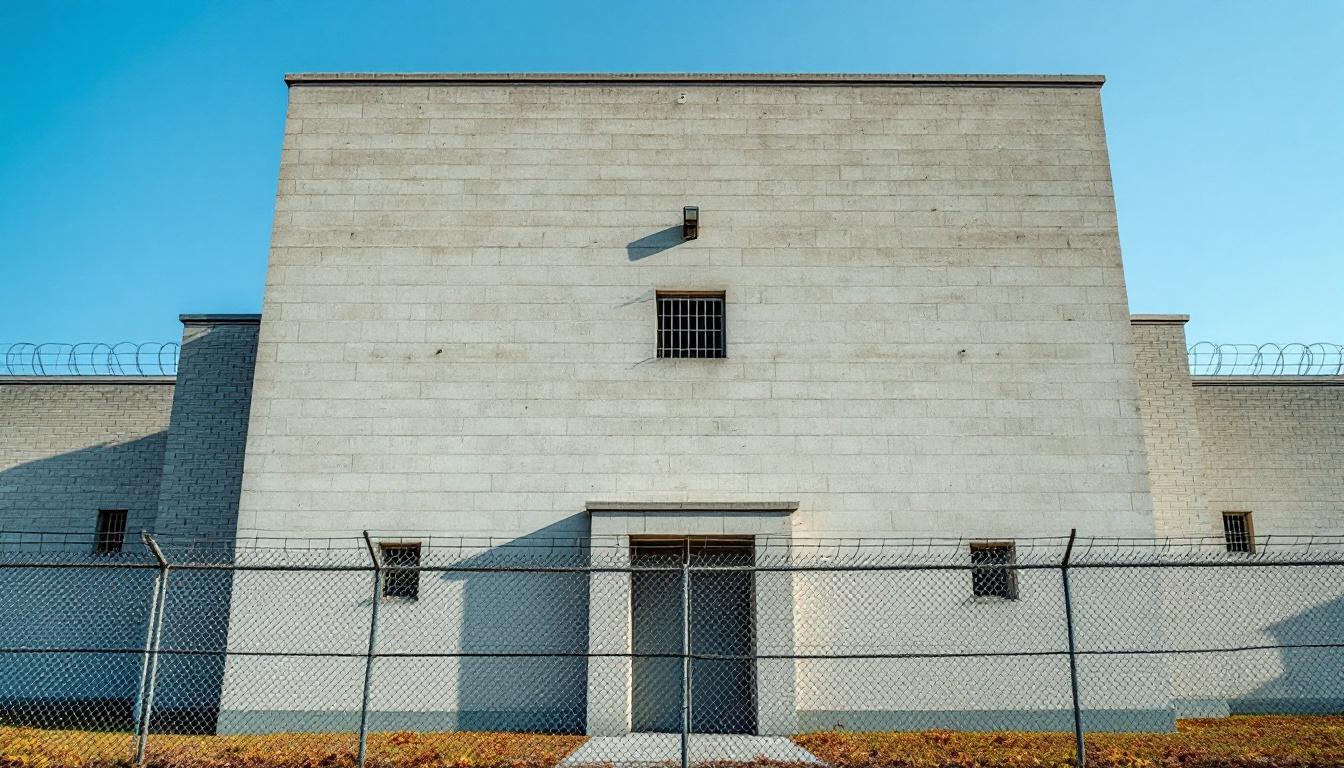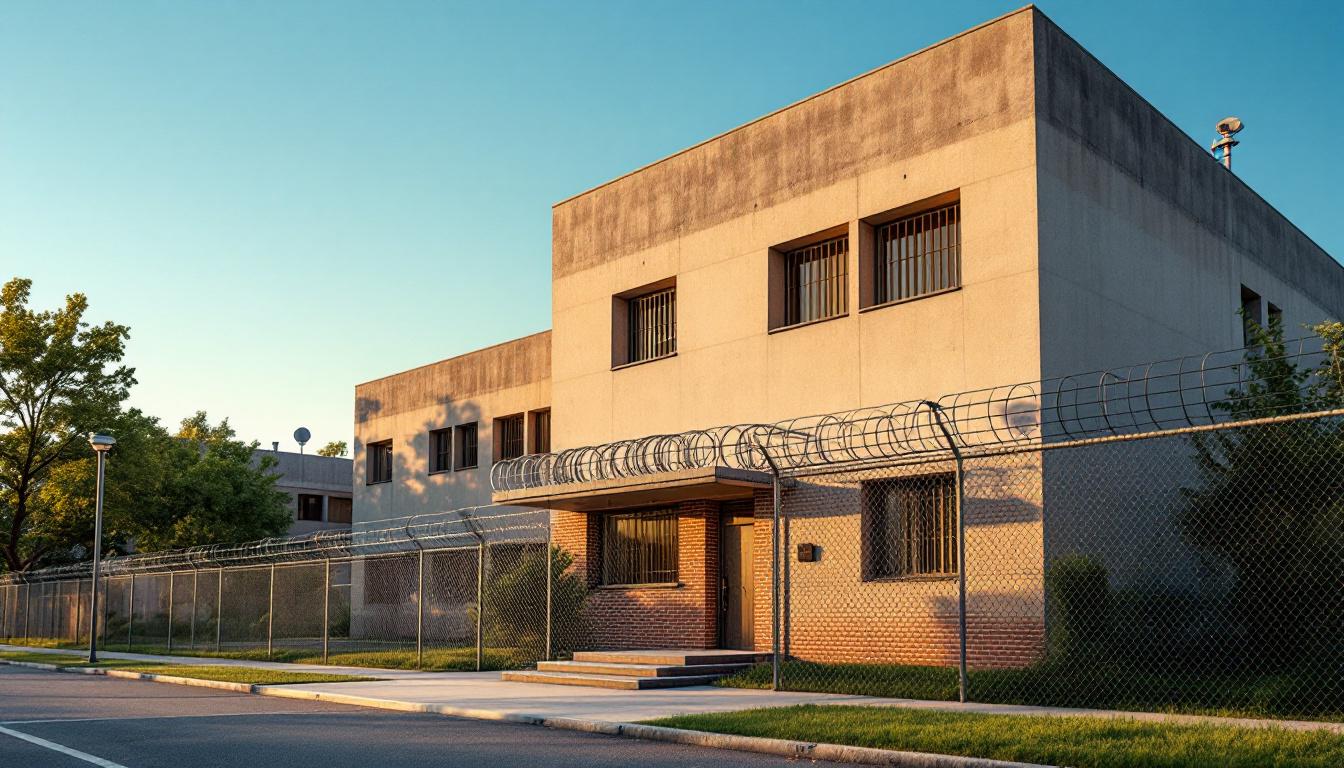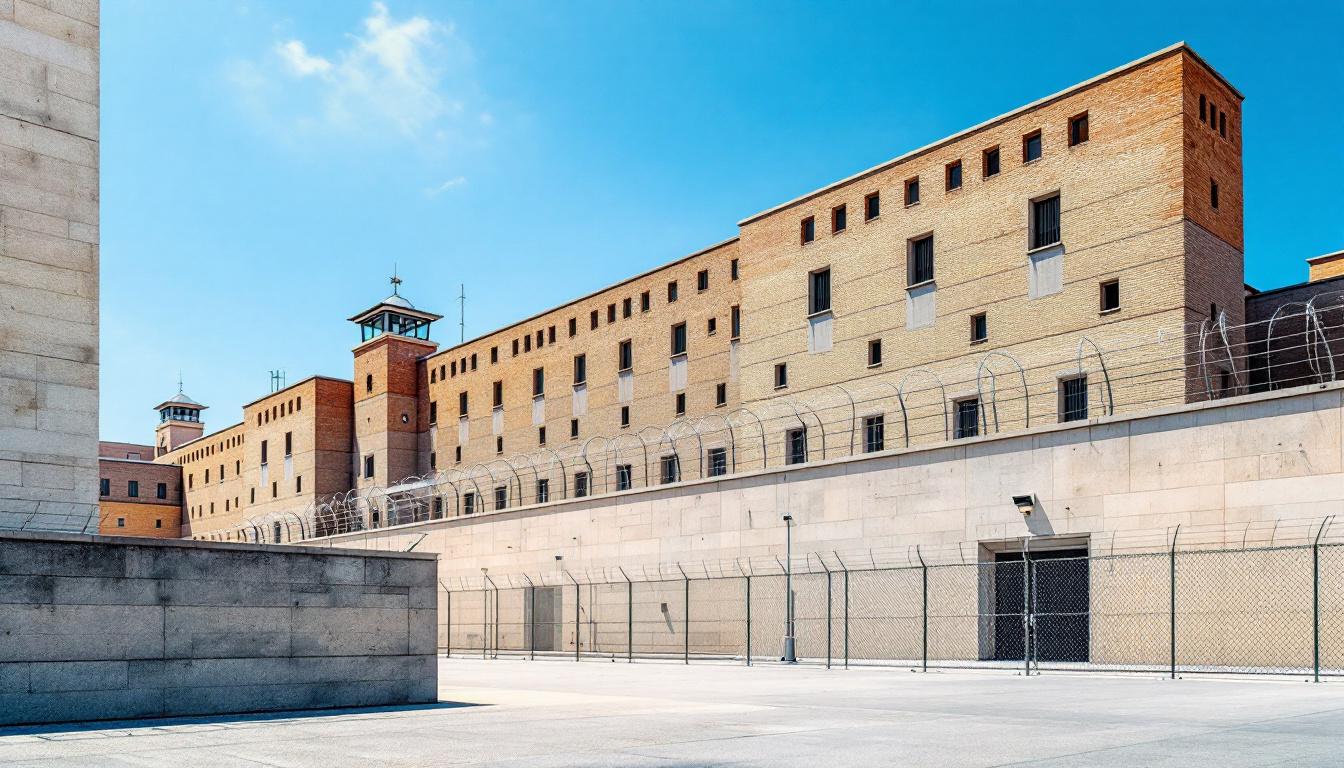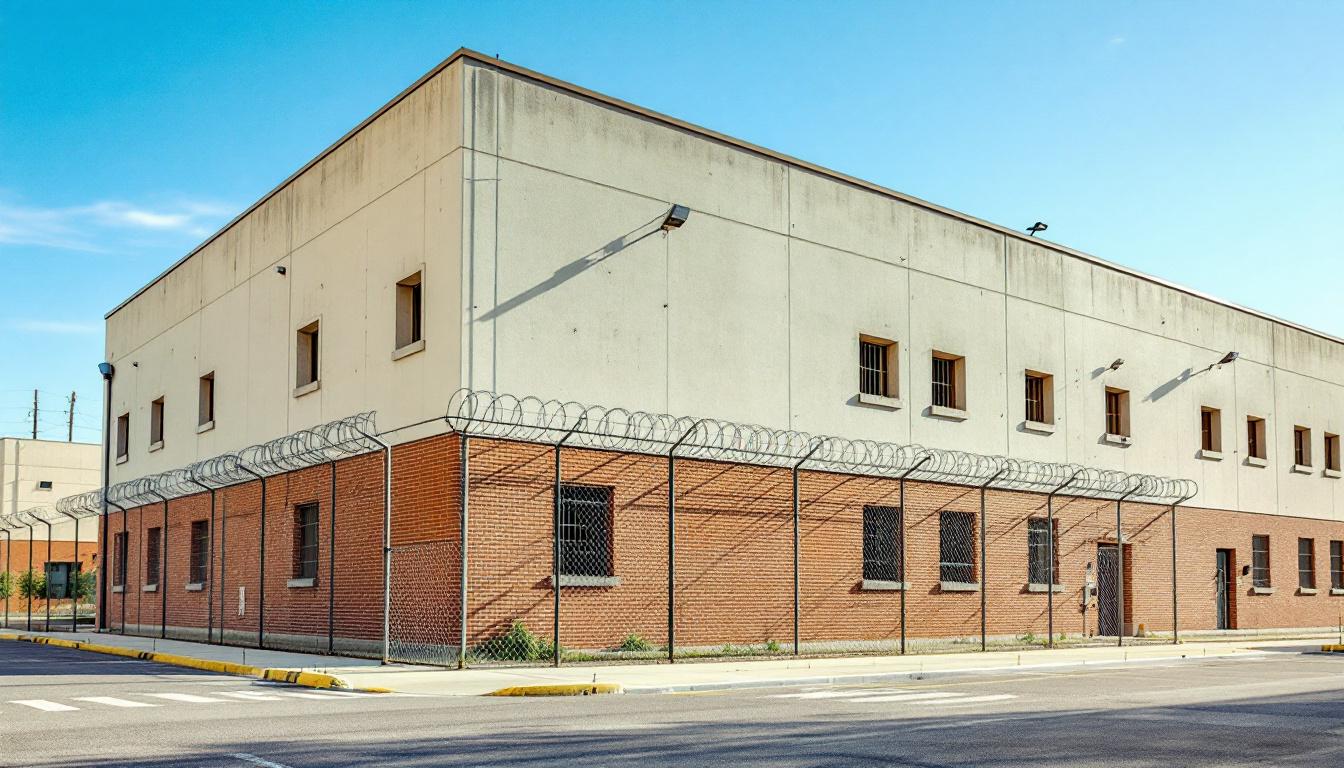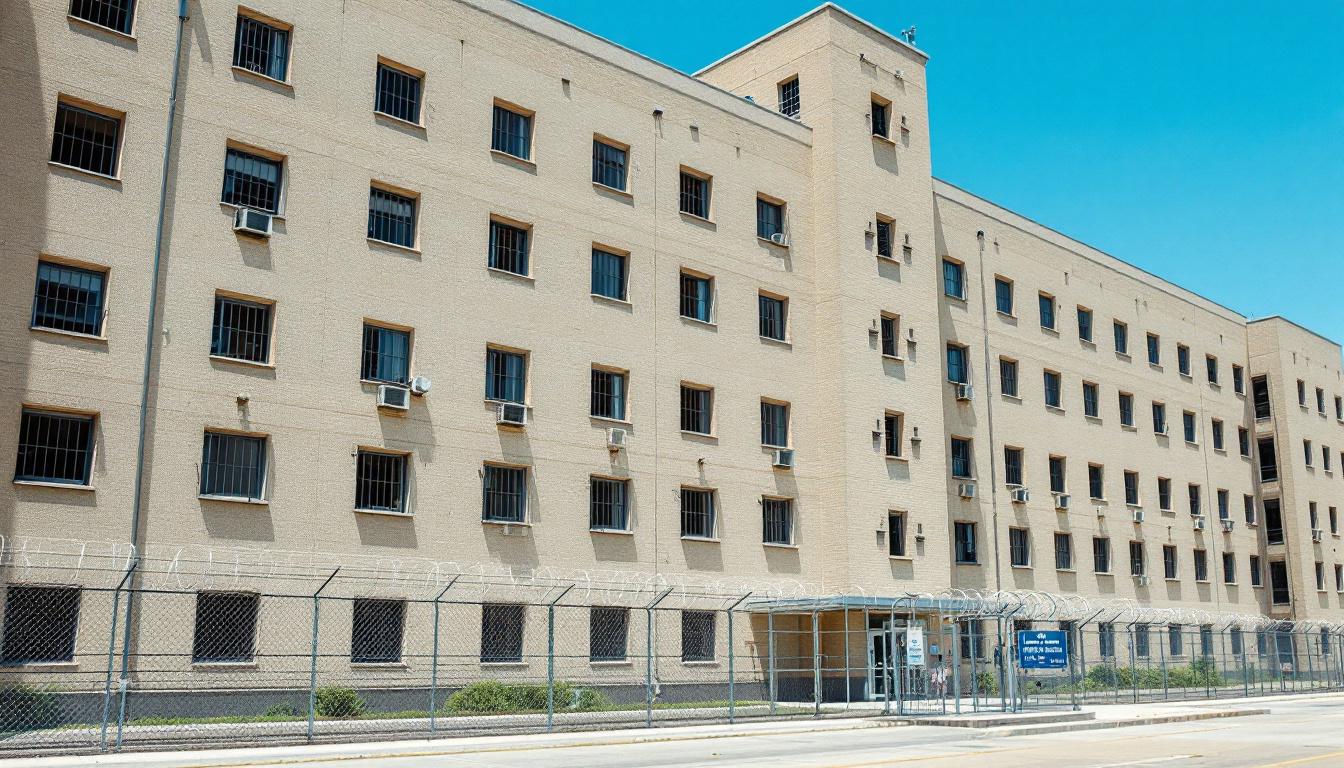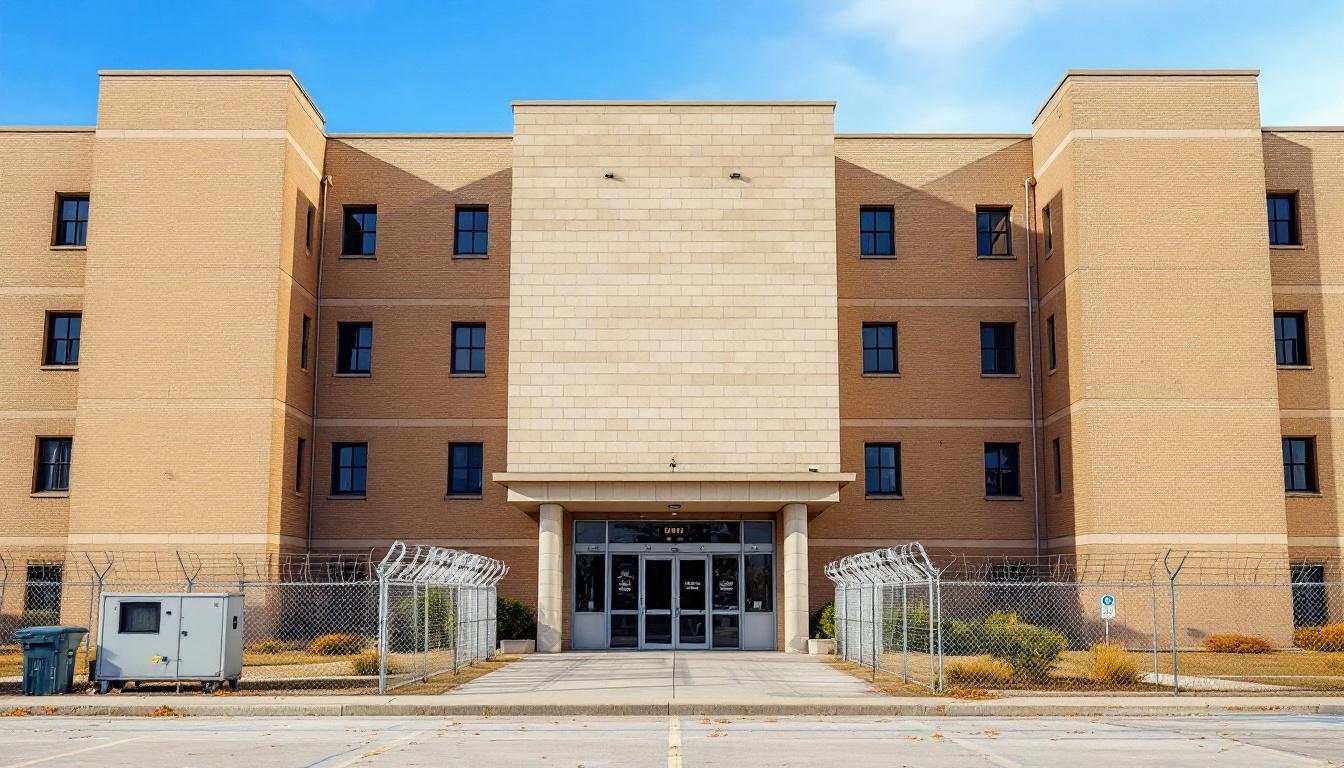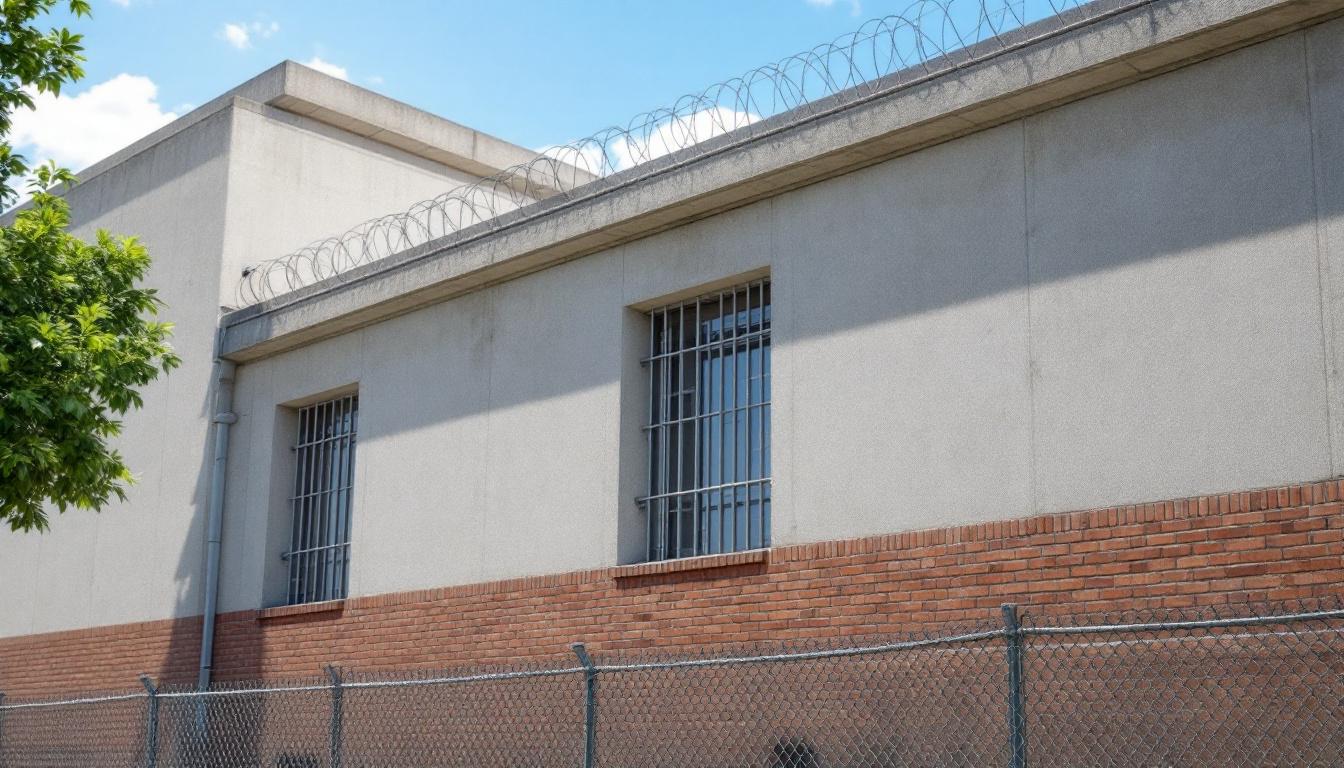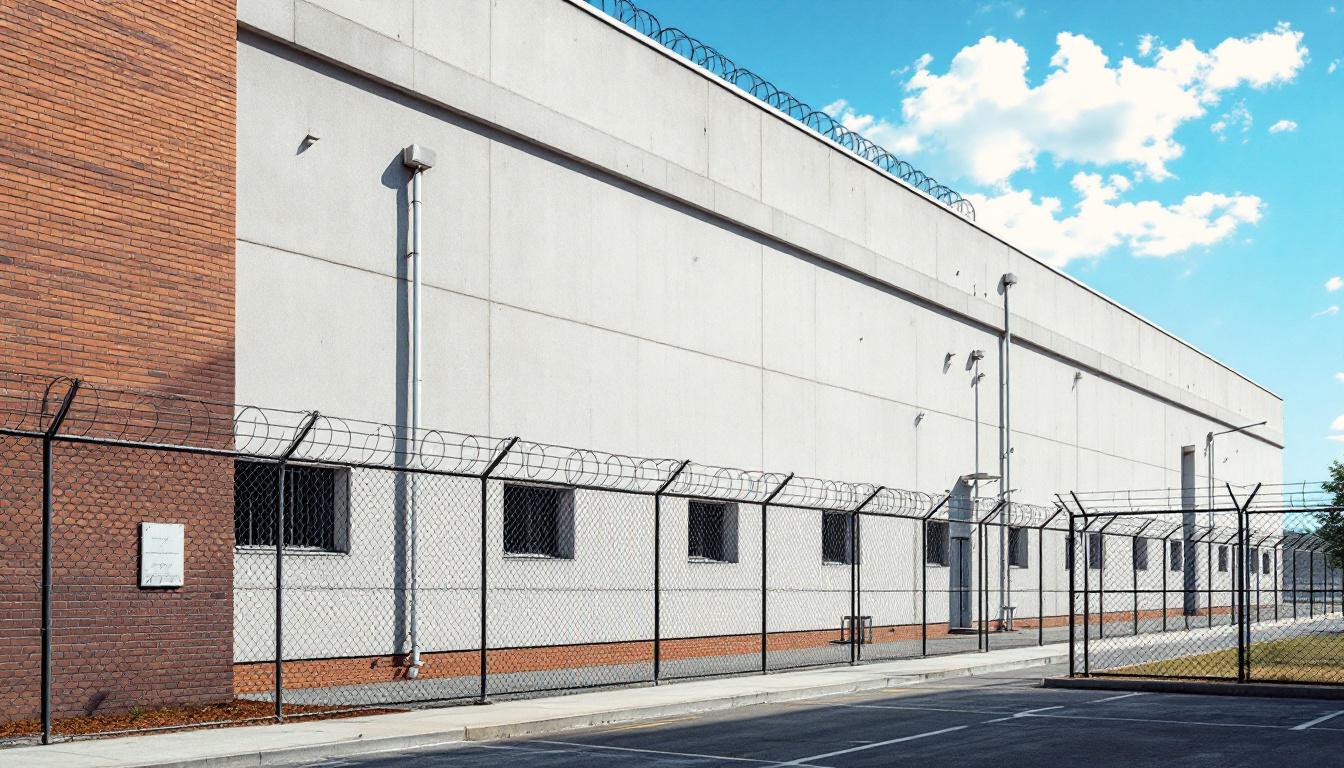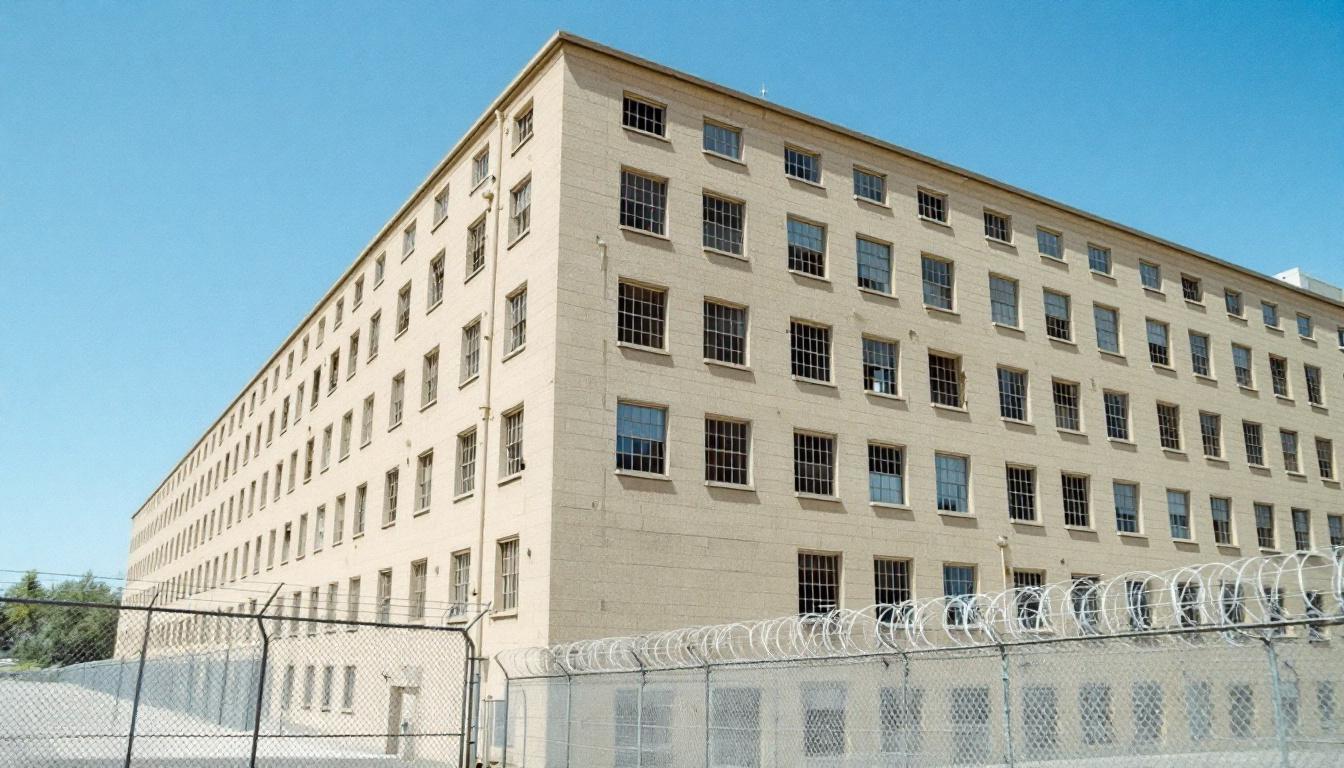
Quick Navigation
How to contact an inmate at El Dorado County Jail
This comprehensive guide will walk you through how to connect with an inmate at El Dorado County Jail. Follow the steps below to find an inmate and send letters and photos:
- Search for the inmate using our search tool below
- Create your account or log in to Penmate
- Write your message (up to 6,000 characters)
- Send instantly - inmates receive printed copies daily
Find an Inmate
Search for an inmate to start communicating today
Tip: You can search by first name, last name, or inmate ID number
To contact a person at El Dorado County Jail start by searching for the person on the official facility website. Perform a search by following these steps:
- Step 1: Enter their first name and last name into the search form and click "Search"
- Step 2: Locate their inmate record
- Step 3: Write down their Inmate ID and any housing information provided
Important! Be sure to enter the person's full name. Nicknames should not be used.
How to Send Messages to Inmates

You can use your phone or computer to send emails, letters, and photos to an inmate. Messages are sent electronically to inmate tablets or kiosks at the facility. If you would like to send a message, start by searching for an inmate at El Dorado County Jail.
Sending Photos and Postcards

A great way to send love and support to a loved one at El Dorado County Jail is to send photos and postcards. It only takes a few minutes to send photos from your phone and it makes a huge difference. You can also mail postcards with words of support and inspiration, or design your own postcard for special moments like birthdays and holidays.
Important! Be sure not to send any explicit photos or they may not be approved by the facility. You can also use a photo printing app like Penmate to make sure your photos are printed at the correct size (4x6 or 3x5) and are mailed according to the rules and regulations of El Dorado County Jail.
Frequently asked questions about El Dorado County Jail
-
How long does it take to deliver a message?
If you're sending an email message your letter is usually delivered within 24-48 hours. For messages sent via mail you should expect delivery within 3-7 days. All messages will need be approved by El Dorado County Jail.
-
How much does it cost to send a message to El Dorado County Jail?
You can send a message free using your phone or mail a message via USPS for the price of a $0.60 stamp and envelope. You can also purchase credits or e-stamps from services starting at $1.99.
-
What services can I use to contact an inmate at El Dorado County Jail?
Penmate
You can use Penmate to send letters and photos to an inmate from your phone. It's an easy way to stay in touch during your loved one's incarceration. Use the inmate locator to find an inmate's location and contact information, then you can send messages within a few minutes.
Securus messaging
Securus may be another option for communicating with an inmate at El Dorado County Jail. You can create a friends and family account and purchase credits to send messages. All messages will be reviewed and must be approved by the facility.
JPay
Some county jails and state prisons may support sending messages with JPay. You must register an account with the system, find your loved one, and purchase stamps to send messages. For some locations you can also attach photos.
Smart Jail Mail
You may also check if Smart Jail Mail is available at El Dorado County Jail. Smart Jail Mail is operated by Smart Communications and has contracted with some state and county jails. After purchasing credits, your messages and photos are sent to the facility, printed out, and then handed out to your loved one.
-
What is the mailing address of El Dorado County Jail?
Mailing address:
El Dorado County Jail
300 Forni Rd
Placerville, CA 95667
Phone: (530) 621-6000Business hours:
- Monday: 8:00 – 11:00 AM
- 1:00 – 4:00 PM
- Tuesday: 8:00 – 11:00 AM
- 1:00 – 4:00 PM
- Wednesday: 8:00 – 11:00 AM
- 1:00 – 4:00 PM
- Thursday: 8:00 – 11:00 AM
- 1:00 – 4:00 PM
- Friday: 8:00 – 11:00 AM
- 1:00 – 4:00 PM
- Saturday: 8:00 – 11:00 AM
- 1:00 – 4:00 PM
- Sunday: 8:00 – 11:00 AM
- 1:00 – 4:00 PM
-
What are the visiting hours at El Dorado County Jail?
Visiting hours at El Dorado County Jail vary by housing unit and security level. Generally, visits are scheduled on weekends and holidays, with some facilities offering weekday visits. Contact the facility directly at (530) 621-6000 or check their website for the current visiting schedule. Visits typically last 30-60 minutes and must be scheduled in advance.
-
What items are prohibited when sending mail to El Dorado County Jail?
Prohibited items typically include: cash, personal checks, stamps, stickers, glitter, glue, tape, staples, paperclips, polaroid photos, musical or blank greeting cards, hardcover books, magazines with staples, and any items containing metal or electronics. Only send letters on plain white paper with blue or black ink. Photos must be printed on regular photo paper (no Polaroids). Always check with El Dorado County Jail for their specific mail policies.
-
How do I send money to an inmate at El Dorado County Jail?
You can send money to an inmate at El Dorado County Jail through several methods: 1) Online using JPay, Access Corrections, or the facility's approved vendor, 2) Money orders mailed directly to the facility with the inmate's name and ID number, 3) Kiosks located in the facility lobby, or 4) Over the phone using a credit or debit card. Fees vary by method, typically ranging from $2.95 to $11.95 per transaction.
-
Can I schedule a video visit with an inmate at El Dorado County Jail?
Many facilities now offer video visitation as an alternative to in-person visits. At El Dorado County Jail, video visits may be available through services like Penmate, Securus Video Connect, GTL, or ICSolutions. Video visits typically cost $10-20 for 20-30 minutes and must be scheduled in advance. You'll need a computer or smartphone with a camera and reliable internet connection. Contact the facility for their specific video visitation policies and approved vendors.
-
What identification do I need to visit an inmate at El Dorado County Jail?
All visitors must present valid government-issued photo identification such as a driver's license, state ID, passport, or military ID. Minors must be accompanied by a parent or legal guardian who can provide the minor's birth certificate. Some facilities require visitors to be on the inmate's approved visitation list, which may require a background check. Contact El Dorado County Jail for specific ID requirements and visitor approval procedures.
-
How can I find out an inmate's release date?
To find an inmate's release date at El Dorado County Jail, you can: 1) Use the online inmate search tool if available, 2) Call the facility's records department, 3) Contact the inmate's case manager or counselor, or 4) Have the inmate provide this information during a call or visit. For privacy reasons, some facilities only release this information to immediate family members.
Facility Overview
Official Website

About El Dorado County Jail
Nestled within the rolling foothills of Longview, California, the El Dorado County - Placerville Jail serves as a cornerstone of regional public safety while maintaining a steadfast commitment to rehabilitation and community reintegration. This CA correctional facility operates within the broader framework of California's county jail system, providing secure housing and comprehensive programming designed to address the underlying factors that often contribute to criminal behavior. The facility's approach typically emphasizes creating pathways for positive change through structured environments that balance accountability with opportunities for personal growth.
The jail's residents services generally encompass educational programming, substance abuse counseling, and vocational training opportunities that prepare individuals for successful reentry into the community. Mental health support and medical care form essential components of the facility's operational framework, recognizing that addressing these fundamental needs often proves critical to reducing recidivism rates. Staff members work to maintain security protocols while fostering an environment where rehabilitation can take root, understanding that effective correctional practices serve both individual transformation and broader community safety goals.
Through its daily operations, this county jail contributes to the Pacific region's correctional landscape by implementing evidence-based practices that may include cognitive behavioral programming, life skills development, and family reunification support. The facility's location in Longview positions it to serve the diverse needs of El Dorado County residents while maintaining connections to regional resources and support networks that extend beyond the jail's walls, ultimately working toward the shared goal of safer communities through meaningful rehabilitation efforts.
Programs & Services
Rehabilitation-focused initiatives at El Dorado County - Placerville Jail typically center on preparing residents for successful community reintegration through skill development and personal growth opportunities. The facility's approach often emphasizes practical learning combined with therapeutic support to address underlying issues that may have contributed to incarceration. These comprehensive initiatives may deliver structured programming designed to build both technical competencies and life management skills.
Educational initiatives often include basic literacy programs, GED preparation courses, and computer literacy training to help residents develop foundational academic skills. Vocational training opportunities may focus on construction trades, food service preparation, and general maintenance skills that align with local employment markets. Additionally, job readiness training typically covers resume writing, interview techniques, and workplace communication skills to enhance residents' employment prospects upon release.
Support services frequently encompass arts and crafts programs that provide creative outlets while developing fine motor skills and self-expression abilities. Anger management initiatives may deliver structured group sessions where residents learn conflict resolution techniques and emotional regulation strategies. Additionally, broader rehabilitation programs often include substance abuse education, life skills workshops, and counseling services that address the personal challenges many residents face. These therapeutic initiatives typically emphasize building healthy coping mechanisms and decision-making skills essential for long-term success in the community.
Daily Life & Visitation
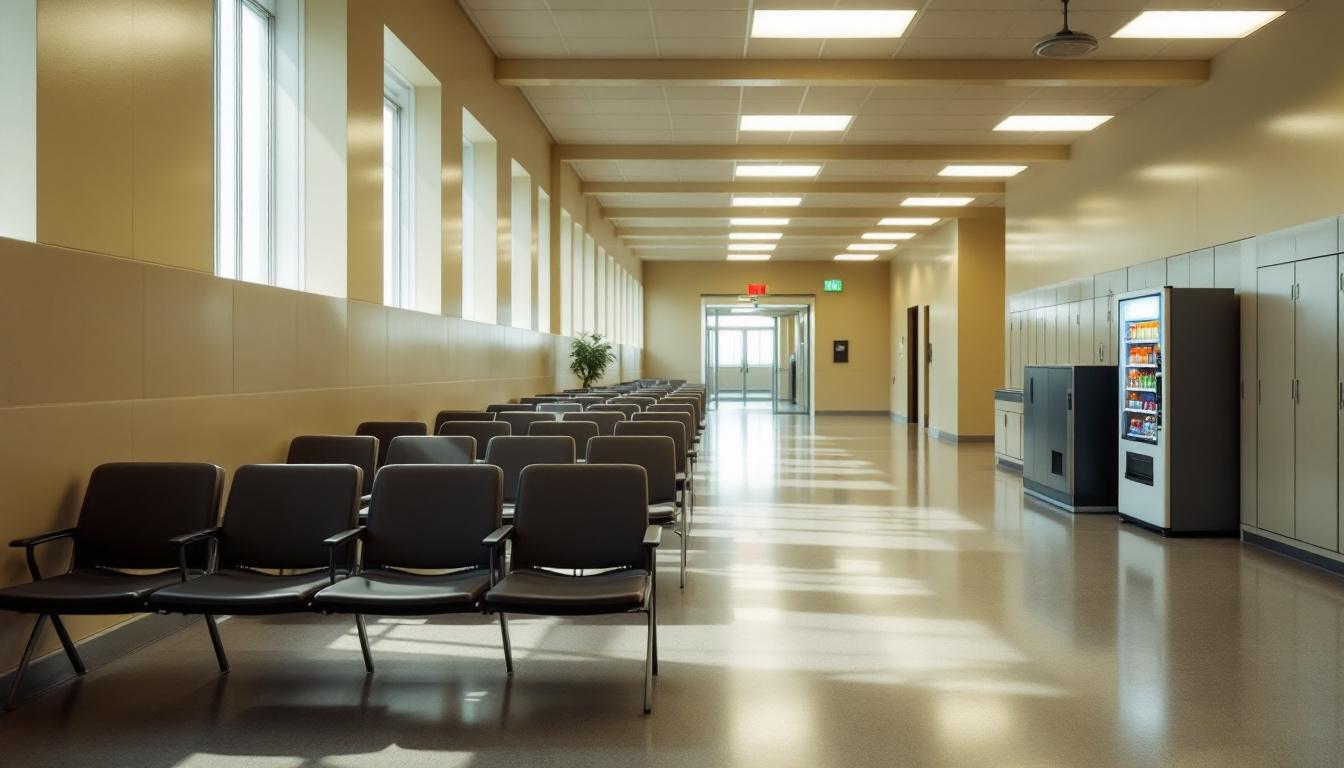
Structure begins before sunrise and continues throughout each day, delivering predictability that many residents find helpful during their time at the facility. The daily routine at El Dorado County - Placerville Jail currently follows a consistent schedule that includes designated times for meals, programming, recreation, and rest periods. Count procedures typically occur multiple times daily to ensure accountability, while residents generally have opportunities to participate in various activities and maintain connections with family members.
Living accommodations usually consist of shared housing units where residents are assigned based on classification levels and individual circumstances. Meals are typically served in designated dining areas or housing units, with the facility generally providing three meals daily that meet nutritional standards. Personal property policies may allow residents to keep limited approved items, while commissary services often provide access to additional food items, hygiene products, and writing materials for those with available funds.
Additionally, recreational opportunities may include access to outdoor areas for exercise when weather permits, along with indoor activities such as television viewing during designated hours. Visitation policies typically allow family members and approved visitors to maintain contact through scheduled visits, while phone privileges generally enable residents to communicate with loved ones during specified times. Work assignments within the facility often provide structure and may include kitchen duties, cleaning responsibilities, or maintenance tasks that help residents contribute to daily operations while developing routine habits.
Ready to Connect?
Start communicating with your loved one today
Search for an Inmate
